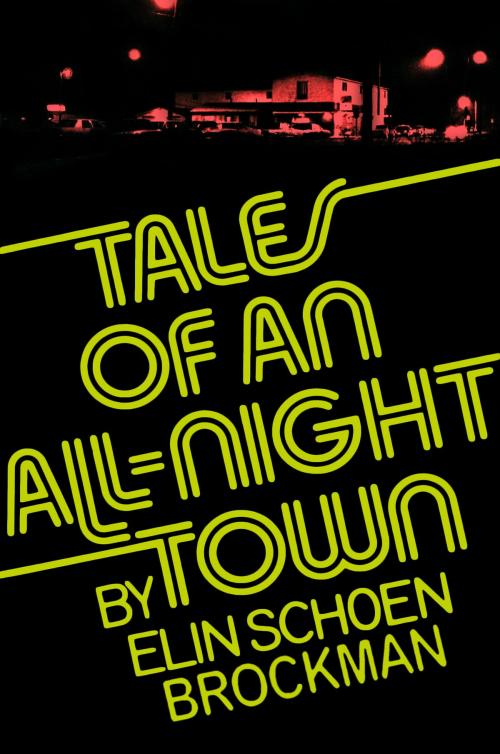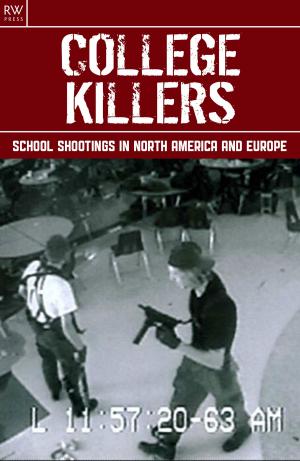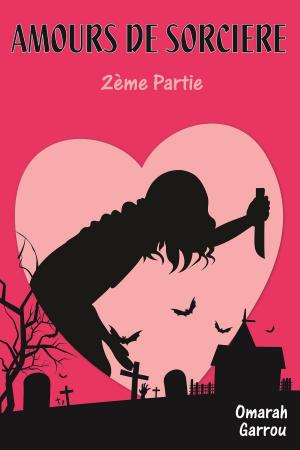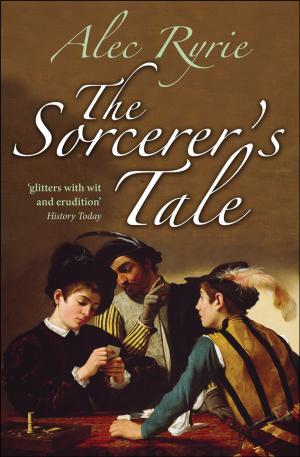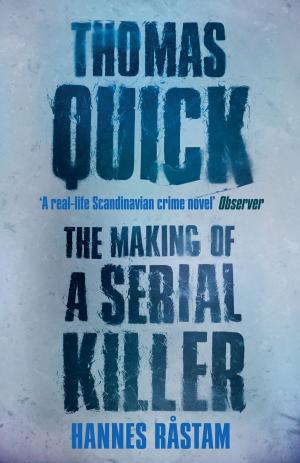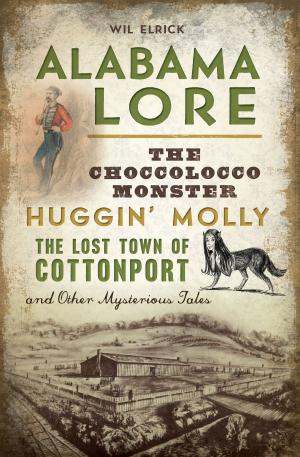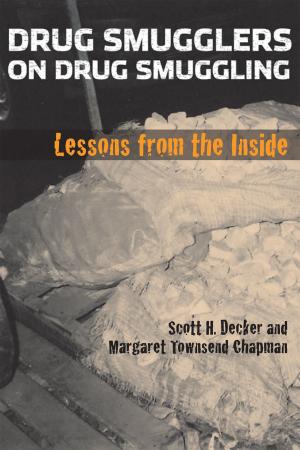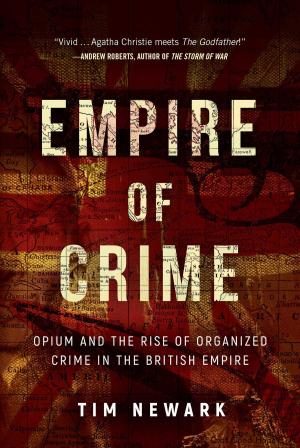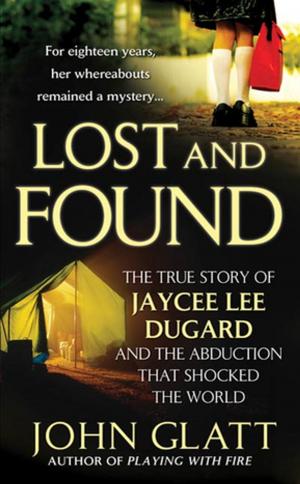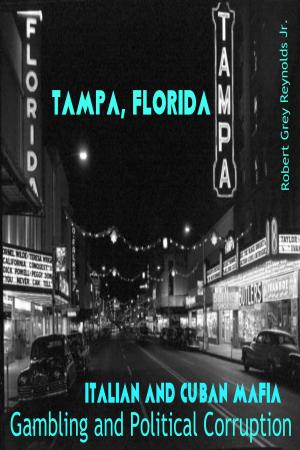Tales of an All-Night Town
Nonfiction, Social & Cultural Studies, Social Science, Discrimination & Race Relations, Cultural Studies, African-American Studies, True Crime| Author: | Elin Schoen Brockman | ISBN: | 9780990376682 |
| Publisher: | ESB Productions | Publication: | September 3, 2014 |
| Imprint: | Language: | English |
| Author: | Elin Schoen Brockman |
| ISBN: | 9780990376682 |
| Publisher: | ESB Productions |
| Publication: | September 3, 2014 |
| Imprint: | |
| Language: | English |
An extraordinary portrait of street life in the oldest all-black town in America.
Tales of an All-Night Town is the riveting story of the charismatic James Bollinger, law enforcer and desperado. Bollinger was shot to death on November 14, 1973, on the main street of Brooklyn (a.k.a. Lovejoy), Illinois, a tiny town across the Mississippi River from St. Louis with ten churches and echoes of a nightlife that once earned it a third name, “Little Las Vegas.” Focusing on Bollinger’s rise and fall, Tales also is a unique journey back to the early Seventies, when the empowering, hope-inducing vibes of the black pride movement could still mitigate, if not erase, the crushing effects of the poverty and racism that had not – and still has not – been overcome.
This was the era of “attitude,” of exuberant Afro hairstyles and platform shoes and bellbottoms, of “Super Fly” and The Godfather and the heyday of Soul Train, of jukeboxes blaring Marvin Gaye, Johnnie Taylor, and Elvis Presley’s all-too-relevant then – and now! – “In the Ghetto.” Tales captures it all in documentary style, with Bollinger’s main man, the Dancer, and other unforgettable characters often stepping out of the action to tell the story in their own voices, which contain as much humor, eloquence, and courage as they do resignation, anger, and despair.
When Tales of an All-Night Town was first published, in 1979, it was compared to Norman Mailer’s The Executioner’s Song and Truman Capote’s In Cold Blood. Ericka Blount Danois (Love, Peace, and Soul) has likened it to The Wire. The story that Elin Schoen Brockman found during four years of visiting Brooklyn to investigate what was at first reported as one cop shooting another in self-defense was not of good guy versus bad guy; it was an epic tale of men who were both good and bad, of the women who loved them, and of the hard facts of life and death in Brooklyn’s bars and crap rooms. As the Dancer says, “I had to do things you call bad. But they wasn’t bad to me, you know. They kept me alive. It was survival.”
“Stands the test of time…I was struck by the precision of its reporting, the lean rigor of its language, the empathy of its voice. When white writers enter a black world, especially a black world of drugs and sex and violence like that of Lovejoy, there has been a terrible history of exoticization. Elin Schoen Brockman, to the contrary, finds the stubborn ordinary humanity, the glorious complexity of the human condition, in Lovejoy’s demimonde. She neither valorizes nor condemns its people; she watches and listens and pays the ultimate compliment of taking them as they are.”
--Samuel G. Freedman (“Breaking the Line”)
An extraordinary portrait of street life in the oldest all-black town in America.
Tales of an All-Night Town is the riveting story of the charismatic James Bollinger, law enforcer and desperado. Bollinger was shot to death on November 14, 1973, on the main street of Brooklyn (a.k.a. Lovejoy), Illinois, a tiny town across the Mississippi River from St. Louis with ten churches and echoes of a nightlife that once earned it a third name, “Little Las Vegas.” Focusing on Bollinger’s rise and fall, Tales also is a unique journey back to the early Seventies, when the empowering, hope-inducing vibes of the black pride movement could still mitigate, if not erase, the crushing effects of the poverty and racism that had not – and still has not – been overcome.
This was the era of “attitude,” of exuberant Afro hairstyles and platform shoes and bellbottoms, of “Super Fly” and The Godfather and the heyday of Soul Train, of jukeboxes blaring Marvin Gaye, Johnnie Taylor, and Elvis Presley’s all-too-relevant then – and now! – “In the Ghetto.” Tales captures it all in documentary style, with Bollinger’s main man, the Dancer, and other unforgettable characters often stepping out of the action to tell the story in their own voices, which contain as much humor, eloquence, and courage as they do resignation, anger, and despair.
When Tales of an All-Night Town was first published, in 1979, it was compared to Norman Mailer’s The Executioner’s Song and Truman Capote’s In Cold Blood. Ericka Blount Danois (Love, Peace, and Soul) has likened it to The Wire. The story that Elin Schoen Brockman found during four years of visiting Brooklyn to investigate what was at first reported as one cop shooting another in self-defense was not of good guy versus bad guy; it was an epic tale of men who were both good and bad, of the women who loved them, and of the hard facts of life and death in Brooklyn’s bars and crap rooms. As the Dancer says, “I had to do things you call bad. But they wasn’t bad to me, you know. They kept me alive. It was survival.”
“Stands the test of time…I was struck by the precision of its reporting, the lean rigor of its language, the empathy of its voice. When white writers enter a black world, especially a black world of drugs and sex and violence like that of Lovejoy, there has been a terrible history of exoticization. Elin Schoen Brockman, to the contrary, finds the stubborn ordinary humanity, the glorious complexity of the human condition, in Lovejoy’s demimonde. She neither valorizes nor condemns its people; she watches and listens and pays the ultimate compliment of taking them as they are.”
--Samuel G. Freedman (“Breaking the Line”)
